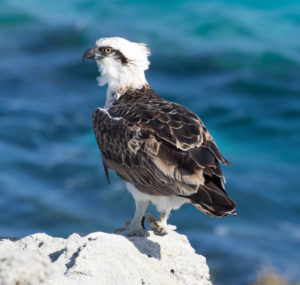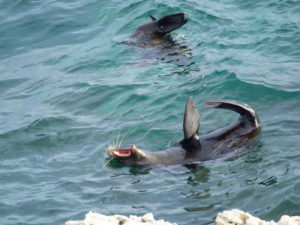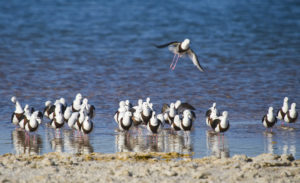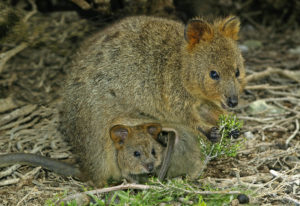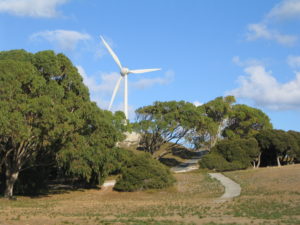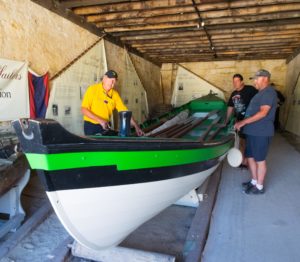The Rottnest Voluntary Guides Association Inc. (RVGA) was established in 1986 to promote an increased awareness and appreciation of the natural environment and historical significance of Rottnest Island.
RVGA have very kindly agreed to offer the following tours for Island Arks delegates. Tour bookings can be made during registration for attendance at the Symposium.
Monday – 1) Whitecaps and Wilderness and 2) West End Wonders: Monday 11th February 1300-1500hr
These two tours will include bus transport to and from these sites. Cost is $60 per person.
Interested delegates who wish to take this tour need to advise us via email at islandarks@wildmob.org one week prior (4 Feb 2019) to allow bus to be hired. Name is only required, with payment on the day to the tour guide.
Whitecaps and Wilderness. The tour covers aspects of island conservation, current vegetation and vegetation change since European exploration, key flora and fauna species with an emphasis on coastal birds, including the Osprey. The marine environment is also covered with mention of marine ecosystems, tropical coral species, the Leeuwin Current and changing sea levels.
West End Wonders. One of the key features is Cathedral Rocks where a colony of New Zealand Fur Seals can be found. At Fish Hook Bay the limestone geology and an Osprey nest are highlights. Further south an elevated boardwalk leads to Cape Vlamingh, across an area of vegetation in which there are hundreds of Shearwater (Mutton bird) nests. The unique algal polygons are evident on the broad reef platforms at the west end.
Wednesday, Thursday and Friday mornings: 0700-0745hr – leaving from the main settlement.
Cost is $10 per person
Secrets of the Lakes
This walk route takes in two of the islands salt lakes – Garden Lake and Government House Lake. The tour covers geology and changing sea levels, lake formation, salinity, algae, insects and Crustacea, brine shrimps, lake edge plants and the use of the lake system by shorebirds. Some aspects of the early history of Rottnest are also mentioned during this walk.
Quokka Walk
The quokka walk takes participants from the settlement where some quokkas enjoy the modified environment to a stand of tea trees alongside Garden Lake where a more natural environment is found. During the walk aspects of the quokka’s conservation status, quokka biology and animal behaviour are discussed. Some findings of quokka research studies are discussed, including diet, shelter and animal condition. Some aspects of island history are also mentioned during the walk.
Behind the Scenes
This walk is focussed on aspects of sustainability on Rottnest Island. It begins with a check of what we need to live our daily lives – food, shelter, fresh water, other supplies (including gas, diesel fuel), electricity, sewerage, emergency services, waste removal and communications. We look at how the Rottnest Island Authority has developed sustainable power generation and desalinated water supplies. Aspects of waste management, water treatment, recycling and environmental restoration are also discussed during the walk.
Vlamingh Lookout
This walk commences from the settlement and ends at the summit of a nearby hill, where a lookout (Vlamingh Lookout) has been constructed. Natural values found en-route include several island tree species and other interesting native and introduced flora. The view of the salt lakes from the lookout offers a good opportunity to cover the formation of the lakes and other aspects of the lake ecosystems. The site of the island’s nursery can be seen and the program of reforestation and revegetation since European settlement is discussed.
History of the Settlement
Commencing at the Salt Store building this walk covers the early exploration and farming settlement of the island. The incarceration of Aboriginal prisoners on Rottnest saw significant building developments, including warders’ quarters and other prison buildings. The Pilot Service that was based on Rottnest also contributed to a colourful history. Several other interesting buildings are Lomas cottage, the Chapel and the Boys Reformatory. The walk concludes at the Museum building which had many uses after its construction.

